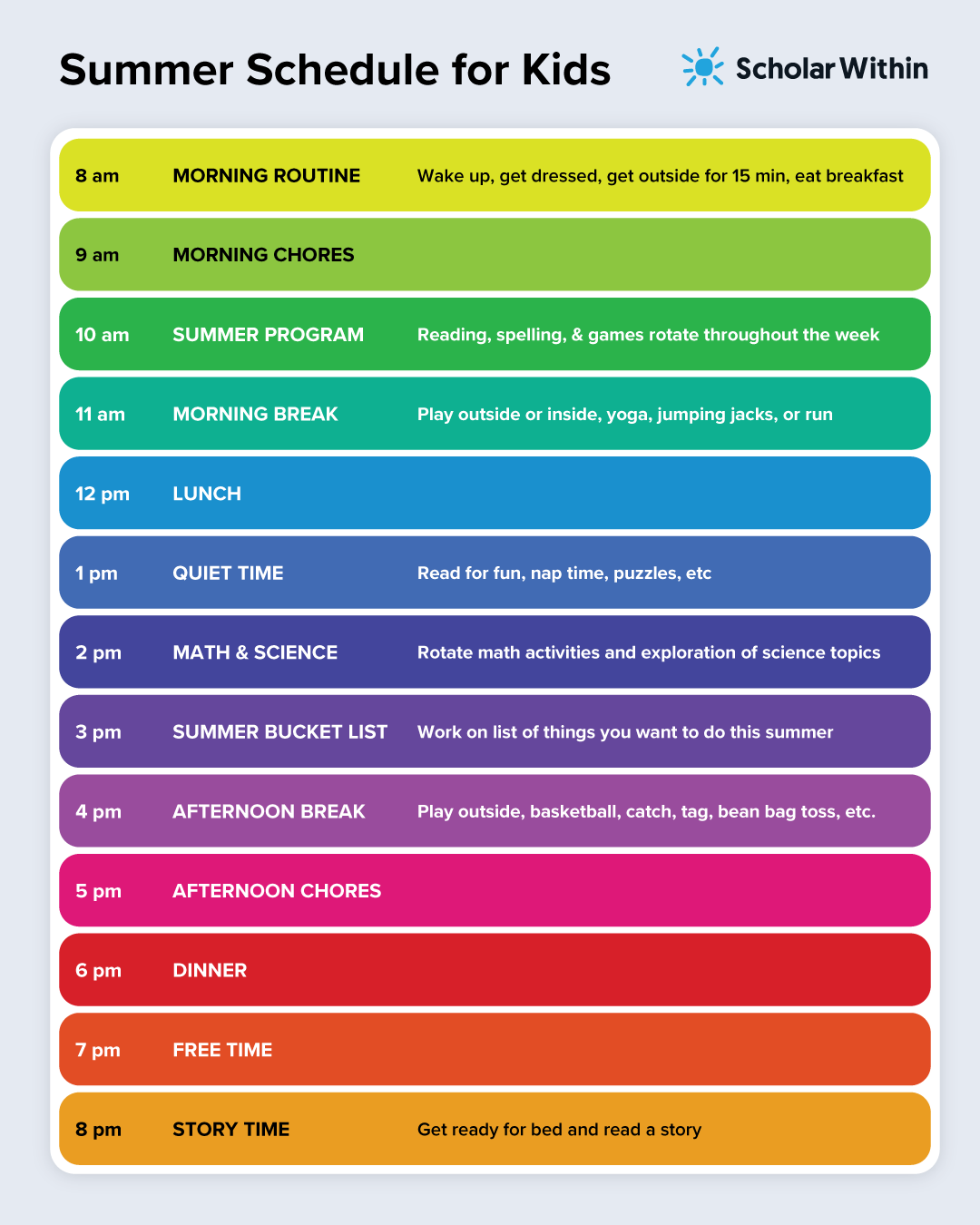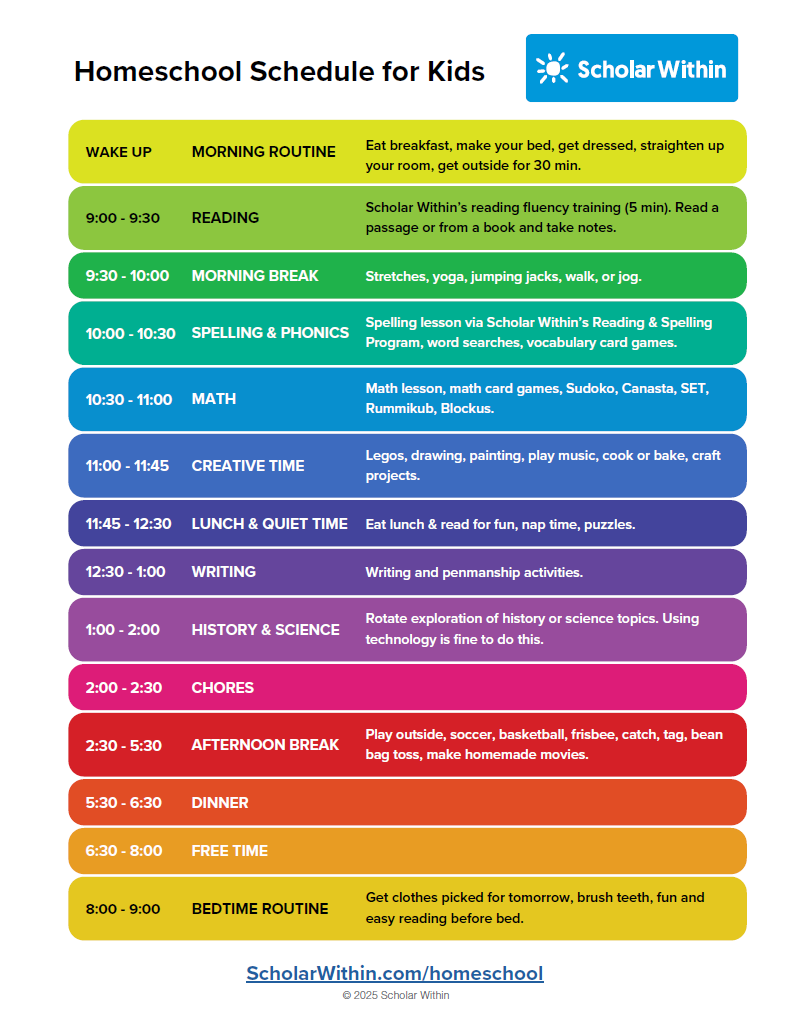
What is Reading Fluency?
Reading Fluency Definition
Reading fluency is the ability to read smoothly, easily, and quickly. Good readers can read words automatically without having to sound out each syllable (also known as decoding). In other words, you don’t have to spend a lot of effort and attention on the mechanics of reading. Reading becomes easy. Word recognition becomes easy.
Why is Reading Fluency Important?
Your ability to read fluently contributes to good comprehension skills. When you can’t read quickly, it is hard to hold pieces of text in your mind and make sense of them. When that happens, you typically don’t enjoy reading. It is just too labor-intensive. This directly impacts reading comprehension.
According to the research done by S. J. Samuels, “Comprehension requires the fluent mastery of the surface-level aspects of reading.”
How to Improve Reading Fluency
Mastery Guide Reading Rates (Words-Per-Minute) for Students to be Fluent Readers
So, let’s first start off with what is considered to be at grade level for words read per minute. The following is a guideline you can use to gauge your child. These word-per-minute rates are based on reading passages of text at grade level. Over the years I’ve been teaching, the fluent reading rates for each grade level have risen progressively. This is where they currently are:
- 1st Grade (Spring): 53 – 111 wpm
- 2nd Grade (Spring): 89 – 149 wpm
- 3rd Grade (Spring): 107 – 162 wpm
- 4th Grade (Spring): 123 – 180 wpm
- 5th Grade (Spring): 139 – 194 wpm
- 6th-8th Grade (Spring): 150 – 204 wpm
Hasbrouck, J. & Tindal, G. (2017)
How fast do your kids read? Take the reading fluency assessment.
Why Do Some Kids Read Slowly?
There are a couple of reasons that some kids do not read fluently. First, they might be missing explicit instruction in basic literacy skills such as phonemic awareness and phonics: the ability to sound out words. The second reason their reading rate may be slow is typically due to how quickly they process information, otherwise known as processing speed. The third reason for oral reading fluency problems is that some children have visual tracking difficulties: skipping words or lines or repeating words while they read aloud.
I mention oral reading fluency because it is measurable. You can measure reading speed and accuracy when listening to someone read.

The Effects of Slow Oral Reading Fluency
One effect of kids reading slowly is that they may not enjoy reading as it takes them so long to read a selection. How fast kids can process what they see also impacts reading accuracy.
Re-reading of text is quite common because kids are missing bits and pieces of what they’re reading. They re-read the selection so it will make sense to them. This can occur with kids at all reading levels, whether they are young readers, struggling readers, or older students. This occurs with students that are above, at, or below grade level. Fortunately, this can easily improve, again, with simple activities. This can happen when your eyes are not working fluidly.
How do you tell if your kids are fluent readers?
Listen to your kids read aloud.
Do they need to sound out words as they are oral reading? This inability to read accurately is typically due to a lack of reading instruction in word recognition skills.
Do they skip, omit, or repeat words, phrases, or lines when they are oral reading? This is typically due to a visual tracking issue. Eye muscles aren’t moving as efficiently as they can. Visual tracking and processing speed are learned skills, and they can improve quite easily with simple activities.
Does your child have room for improvement to become a more fluent reader?
Your child can improve the number of words they read per minute with short, daily reading fluency training, like that in our Summer Reading Program. With our reading fluency training, you can not only reach the higher ends of these word-per-minute guidelines, but you can excel past them. We have seen some kids read twice as many words per minute as when they started within a few months.
The methods in our phonetic fluency training focus directly on improving 5 areas of visual processing, 6 areas of auditory processing, and the 2 areas of tactile/kinesthetic processing that are most critical for reading and learning. We train your eyes to track more efficiently. Reading competence improves as you develop fluency.
Our reading drills are different from other reading fluency programs in that we start to develop fluency by focusing on training your eyes at the most bare-bones level. We explicitly teach students with specific reading drills that speed up their letter and word recognition processes. We do this in a sequential manner with plenty of practice with repeated reading and reading-aloud activities. The repeated reading of specific words in phonic patterns is one of the keys to building success in reading fluency. Then, we build your ability to recognize words by rapid automatized retrieval, which improves the speed at which you can look at a word, recognize, and say the word.
We also make sure that students read the drills out loud to build their auditory processing systems at the same time. We have students see their reading achievement by charting the words per minute they read and the mistakes per minute they made each day. They love competing against their previous records by seeing their words per minute go up and mistakes per minute go down. Students typically see progress in their ability to recognize words within two to three days of starting the reading fluency training.
What Do You Do to Improve Reading Fluency?
There are three areas of processing that work hand and hand to improve reading fluency.
1. Rapid naming activities that work on improving processing speed. Rapid naming deals with your ability to rapidly name letters, objects, or words. It is the speed at which your brain retrieves information from memory. This is where you start reading words quickly.
2. Strengthen Visual Processing Skills: This includes visual tracking – your ability to move your eyes efficiently from left to right across the page, visual discrimination, visual memory, visual closure – the ability to pull several letters together to form a word as well as processing speed.
3. Strengthen Auditory Processing Skills: This includes phonemic awareness and phonic reading skills as well as auditory discrimination, auditory closure (sound out words), and auditory memory skills. These are the basic literacy skills you need whether you are a struggling reader, young child, older student, or even an adult. Every reader needs these skills to read effectively, according to scientific research literature from the National Reading Panel.
Our summer reading program provides you with specific activities that improve reading fluency by wrapping them into one quick 5-minute per day activity. The method used improves your overall reading skills. These three areas in the 5-minute fluency training develop fluent readers over a relatively short period of time with plenty of repeated reading and reading-aloud practice.
Fluency instruction, one of the most ignored reading skills makes one of the biggest differences in teaching children to read. Fluency instruction improves word recognition skills. Teaching children fluency also leads to an improvement in poor comprehension as well because students are now reading accurately. Reading fluency instruction is one piece of the puzzle that improves your child’s ability to read aloud, read with appropriate expression, and improve their reading speed and accuracy.
The complete Online Reading Program includes additional areas of reading, including more in-depth phonics, spelling, word-attack skills, comprehension building, and background knowledge building.
Summer Reading Program Information
What Does the Reading Program Include?
Explicit Instruction and Activities:
- Reading Fluency and Rapid Naming Activities
- Spelling
- Comprehension
- Phonics
- Executive Function
- Brain-Body Connection Activities
- Reading Games
Who is Scholar Within?
Scholar Within was founded by learning expert Bonnie Terry, M. Ed., BCET. Bonnie started designing and developing her own custom educational tools when she started her private learning center in the 1990s. Teachers kept asking what she was using with the kids that saw her because of the dramatic improvements that the kids made in school. From here, Bonnie decided to make her materials available to teachers and families worldwide.
Now, Bonnie Terry has turned her materials into a full-service online program that you can follow step-by-step at home and on your schedule. School alone is not enough anymore. Bonnie’s programs boost your kids’ overall learning skills by focusing on improving the auditory, visual, and tactile processing areas of your brain to make it work more efficiently.




This is really awesome. Thank you so much.